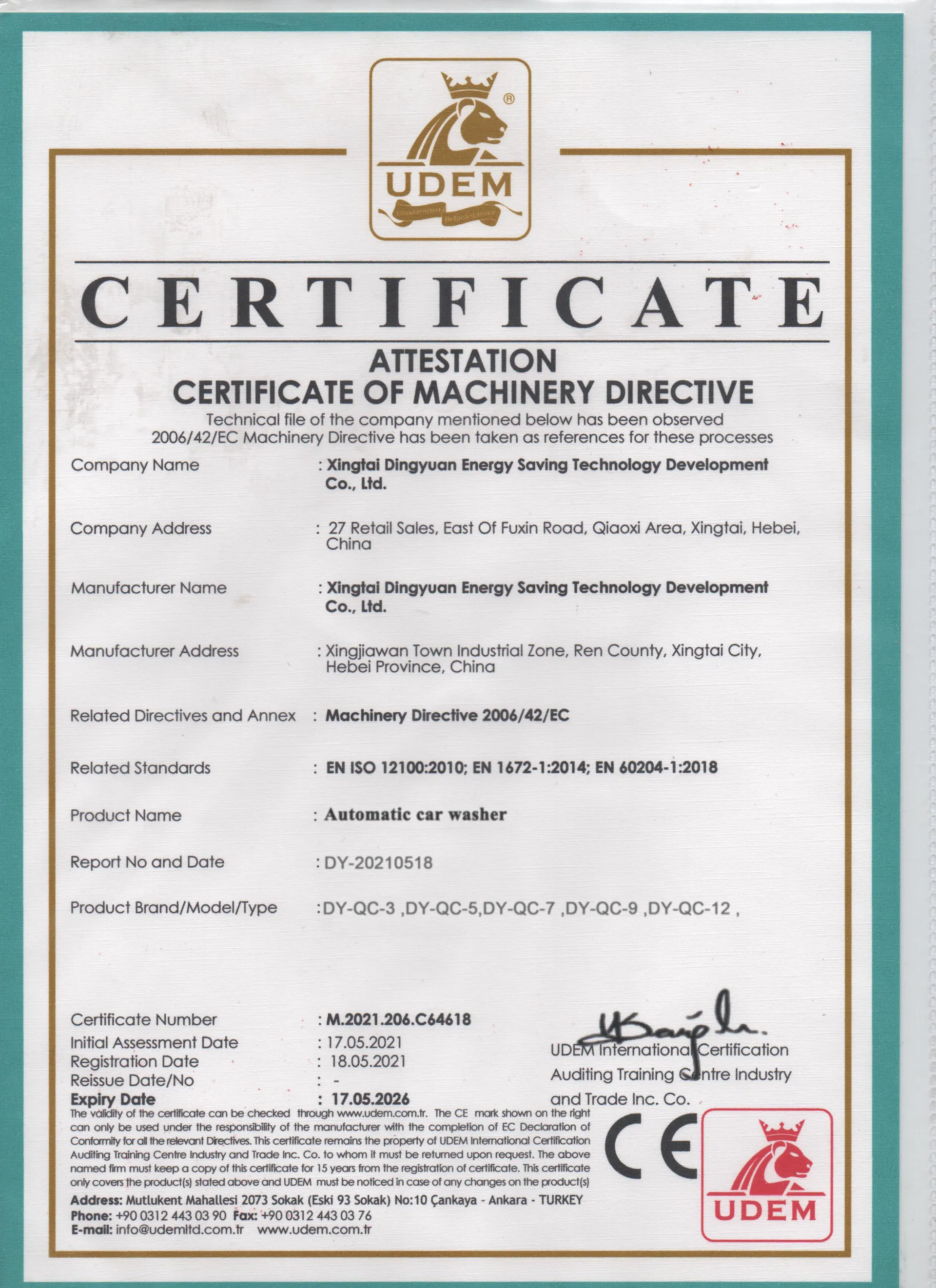
- Afrikaans
- Albanian
- Amharic
- Arabic
- Armenian
- Azerbaijani
- Basque
- Belarusian
- Bengali
- Bosnian
- Bulgarian
- Catalan
- Cebuano
- Corsican
- Croatian
- Czech
- Danish
- Dutch
- English
- Esperanto
- Estonian
- Finnish
- French
- Frisian
- Galician
- Georgian
- German
- Greek
- Gujarati
- Haitian Creole
- hausa
- hawaiian
- Hebrew
- Hindi
- Miao
- Hungarian
- Icelandic
- igbo
- Indonesian
- irish
- Italian
- Japanese
- Javanese
- Kannada
- kazakh
- Khmer
- Rwandese
- Korean
- Kurdish
- Kyrgyz
- Lao
- Latin
- Latvian
- Lithuanian
- Luxembourgish
- Macedonian
- Malgashi
- Malay
- Malayalam
- Maltese
- Maori
- Marathi
- Mongolian
- Myanmar
- Nepali
- Norwegian
- Norwegian
- Occitan
- Pashto
- Persian
- Polish
- Portuguese
- Punjabi
- Romanian
- Russian
- Samoan
- Scottish Gaelic
- Serbian
- Sesotho
- Shona
- Sindhi
- Sinhala
- Slovak
- Slovenian
- Somali
- Spanish
- Sundanese
- Swahili
- Swedish
- Tagalog
- Tajik
- Tamil
- Tatar
- Telugu
- Thai
- Turkish
- Turkmen
- Ukrainian
- Urdu
- Uighur
- Uzbek
- Vietnamese
- Welsh
- Bantu
- Yiddish
- Yoruba
detailing pressure washer
The Ultimate Guide to Detailing with a Pressure Washer
When it comes to maintaining the aesthetic appeal of your vehicle, home, or outdoor spaces, a pressure washer can be a game-changer. This powerful tool is perfect for detailing and can efficiently remove dirt, grime, and stains that traditional cleaning methods may struggle to address. In this guide, we’ll cover the benefits of using a pressure washer for detailing, essential techniques, and safety precautions to consider.
What is a Pressure Washer?
A pressure washer is a cleaning device that utilizes a high-pressure water spray to remove dirt and unwanted contaminants from surfaces. It consists of a motor that powers a pump to increase water pressure, delivering a steady stream of high-pressure water through a nozzle. Pressure washers come in various sizes and power levels, making them suitable for both light and heavy-duty cleaning tasks.
Benefits of Using a Pressure Washer for Detailing
1. Efficiency One of the most significant advantages of pressure washing is its efficiency. With a pressure washer, you can complete detailing tasks in a fraction of the time it would take with a bucket and sponge.
2. Deep Cleaning The concentrated stream of water can reach into crevices and small areas that are difficult to clean by hand. This makes pressure washing ideal for removing stubborn dirt, mold, and mildew.
3. Versatility Pressure washers can be used for a wide range of applications beyond automotive detailing. They are effective for cleaning patios, driveways, decks, and siding, making them a versatile addition to your cleaning arsenal.
4. Environmentally Friendly Pressure washers can reduce the need for harsh chemicals. With just water and the right nozzle, you can tackle many cleaning tasks, thereby minimizing your environmental impact.
Essential Techniques for Detailing with a Pressure Washer
1. Choose the Right Nozzle Pressure washers come with different nozzles that produce varying spray patterns. A wider spray pattern is generally better for delicate surfaces like cars, while a narrower pattern can be used for tougher surfaces like concrete.
detailing pressure washer

2. Maintain Distance Keep the nozzle at a safe distance from the surface you are cleaning. Typically, a distance of 1 to 3 feet is ideal. Too close, and you risk damaging the surface; too far, and you lose cleaning effectiveness.
3. Use the Right Pressure For vehicles and delicate surfaces, a lower pressure setting (around 1200-1900 PSI) is often sufficient. For harder surfaces like concrete, you may need higher pressure (up to 3000 PSI), but always take care not to damage the material.
4. Start from the Top When detailing a vehicle or building, always start from the top and work your way down. This ensures that dirt and debris flow downward, preventing you from re-contaminating cleaned areas.
5. Rinse Thoroughly After applying soap or cleaning solution, make sure to rinse thoroughly. Leftover soap can leave streaks or a residue that detracts from the clean appearance.
Safety Precautions
While pressure washing is an effective cleaning method, it’s important to keep safety in mind
- Protective Gear Always wear safety goggles, gloves, and closed-toe shoes. The high-pressure water can cause injury if it comes into contact with skin or eyes. - Check for Damages Before pressure washing, inspect the surface for cracks or loose paint that could be damaged by the force of the water.
- Know Your Equipment Familiarize yourself with your pressure washer's user manual. Understanding its specific functionalities and safety guidelines will ensure a successful and safe cleaning experience.
Conclusion
In summary, detailing with a pressure washer is an effective way to maintain the beauty of your vehicle and outdoor spaces. By utilizing the right techniques and safety precautions, you can achieve professional-level results in a fraction of the time. Whether you are a DIY enthusiast or a professional cleaner, investing in a pressure washer can provide immense value and satisfaction in your cleaning endeavors. Happy washing!
-
Integrating Aqua Tunnel Car Wash in Shopping CentersNewsJun.24,2025
-
Gas Station with an Auto Car Wash MachineNewsJun.24,2025
-
Efficiency in Your Aqua Tunnel Car Wash: Power & Water-SavingNewsJun.24,2025
-
Car Wash Business with Advanced Auto Car Cleaning MachinesNewsJun.24,2025
-
Balancing Setup Costs with Aqua Tunnel Car WashNewsJun.24,2025
-
Aqua Tunnel Car Wash: Eco-Design for the Energy-Savvy EntrepreneurNewsJun.24,2025



